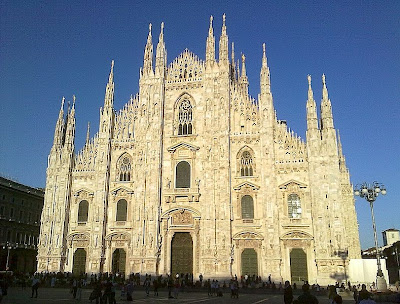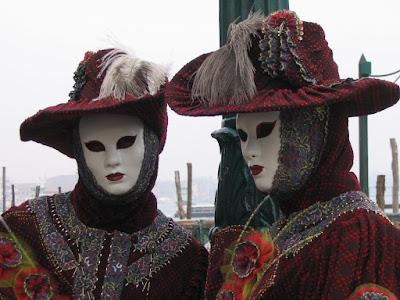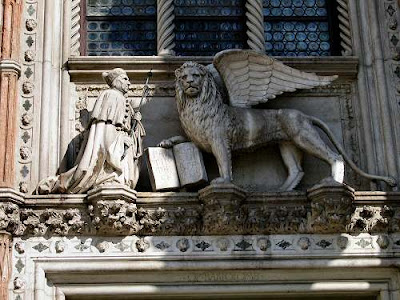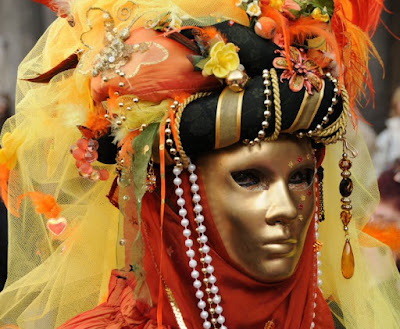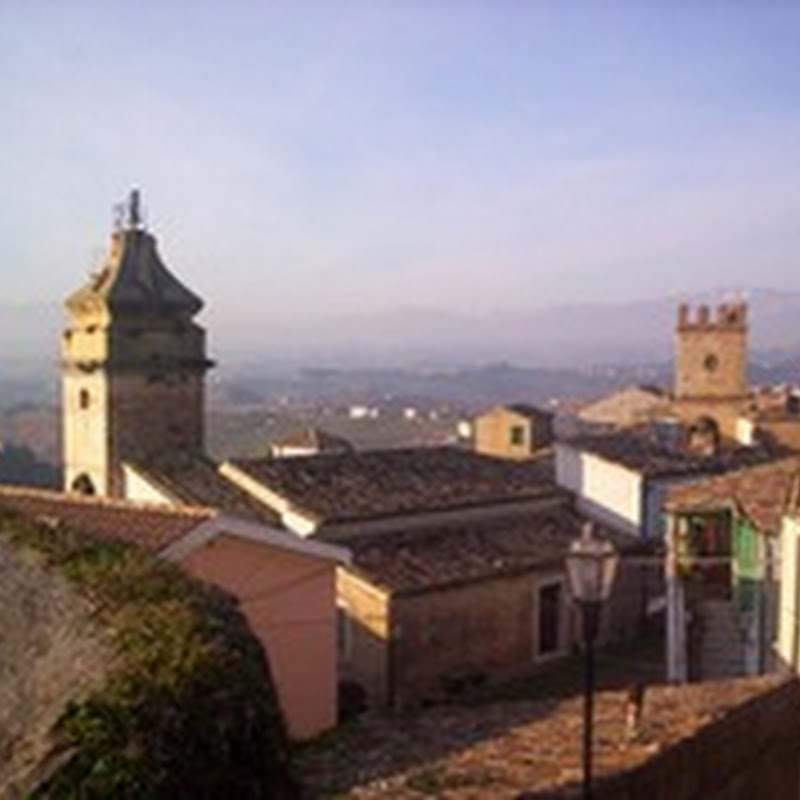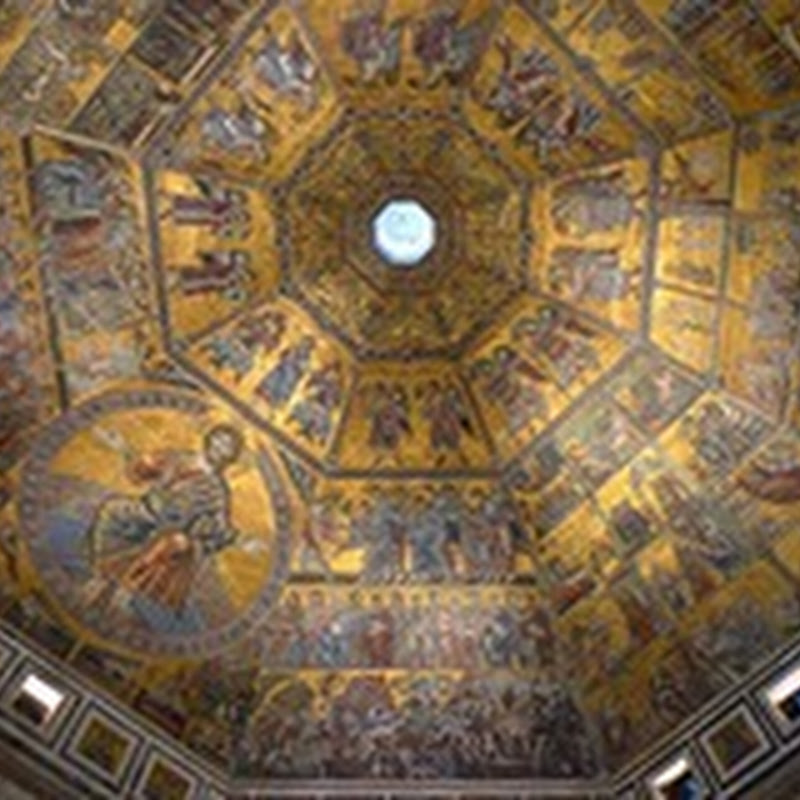
 Milan's layout, with streets either radiating from the Duomo or circling it, reveals that the Duomo (means Cathedral), occupies what was the most central site in Roman Mediolanum, that of the public basilica facing the forum.
Milan's layout, with streets either radiating from the Duomo or circling it, reveals that the Duomo (means Cathedral), occupies what was the most central site in Roman Mediolanum, that of the public basilica facing the forum.Saint Ambrose's 'New Basilica' was built on this site at the beginning of the 5th century, with an adjoining basilica added in 836.
When a fire damaged both buildings in 1075, they were later rebuilt as the Duomo.
The interior of the cathedral includes a huge number of monuments and artworks. These include:
- The Archbishop Alberto da Intimiano's sarcophagus, which is overlooked by a Crucifix in copper laminae (a replica).
- The sarcophagi of the archbishops Ottone Visconti and Giovanni Visconti, created by a Campionese master in the 14th century.
- The sarcophagus of Marco Carelli, who donated 35,000 ducati to accelerate the construction of the cathedral.
- The three magnificent altars by Pellegrino Pellegrini, which include the notable Federico Zuccari's Visit of St. Peter to St. Agatha jailed.
- In the right transept, the monument to Gian Giacomo Medici di Marignano, called "Medeghino", by Leone Leoni, and the adjacent Renaissance marble altar, decorated with gilt bronze statues.
- In front of the former mausoleum is the most renowned work of art of the cathedral, the St. Bartholomew statue by Marco D'Agrate.
- The presbytery is a late Renaissance masterpiece composing a choir, a Temple by Pellegrini, two pulpits with giant telamones covered in copper and bronze, and two large organs. Around the choir the two sacristies' portals, some frescoes and a fifteenth-century statue of Martin V by Jacopino da Tradate) can be seen.
- The transepts house the Trivulzio Candelabrum, which is in two pieces. The base (attributed to Nicolas of Verdun, 12th century), characterized by a fantastic ensemble of vines, vegetables and imaginary animals; and the stem, of the mid-16th century.
- In the left aisle, the Arcimboldi monument by Alessi and Romanesque figures depicting the Apostles in red marble and the neo-Classic baptistry by Pellegrini.
- A small red light bulb in the dome above the apse marks the spot where one of the nails from the Crucifixion of Christ has been placed.
- In November-December, in the days surrounding the birthdate of the San Carlo Borromeo, a series of large canvases, the Quadroni are exhibited along the nave.

Custom Search
If you liked this article, subscribe to the feed by clicking the image below to keep informed about new contents of the blog:

